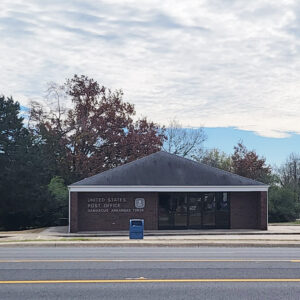 Damascus Post Office
Damascus Post Office
Entry Category: Cities and Towns
 Damascus Post Office
Damascus Post Office
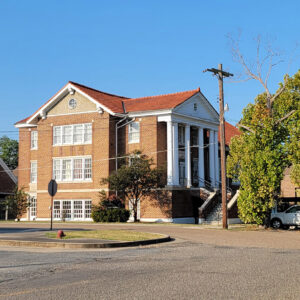 Dana's House
Dana's House
Danville (Yell County)
 Danville Bridge
Danville Bridge
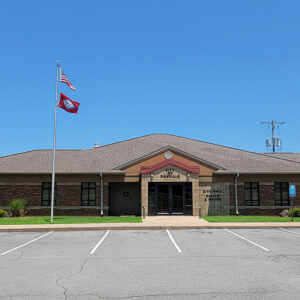 Danville City Hall
Danville City Hall
 Danville Depot
Danville Depot
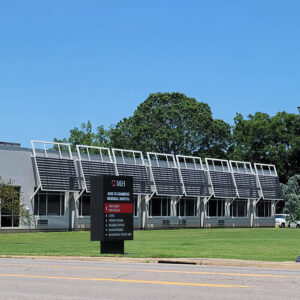 Danville Hospital
Danville Hospital
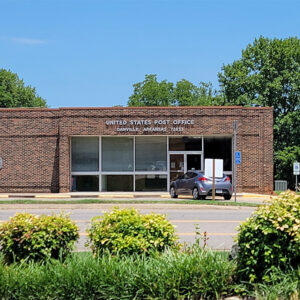 Danville Post Office
Danville Post Office
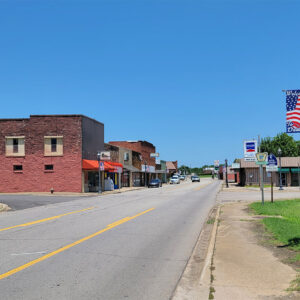 Danville Street Scene
Danville Street Scene
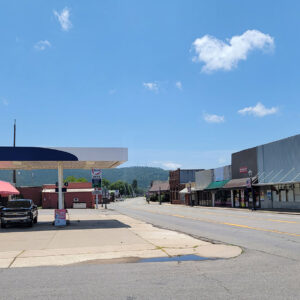 Danville Street Scene
Danville Street Scene
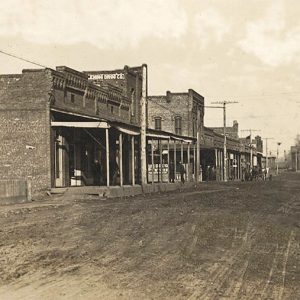 Danville Street Scene
Danville Street Scene
Dardanelle (Yell County)
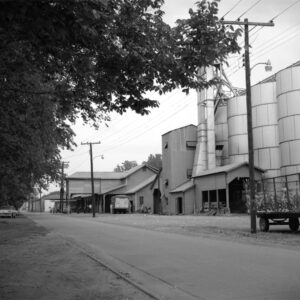 Dardanelle Gin
Dardanelle Gin
 Dardanelle Street Scene
Dardanelle Street Scene
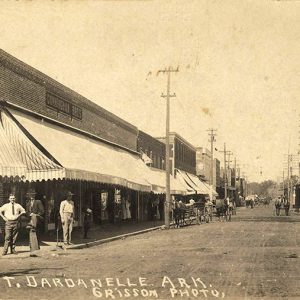 Dardanelle Street Scene
Dardanelle Street Scene
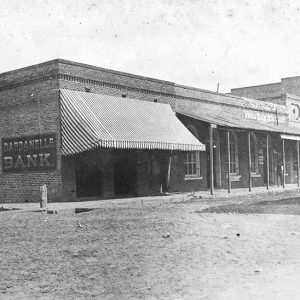 Dardanelle Street Scene
Dardanelle Street Scene
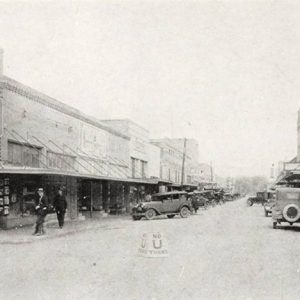 Dardanelle Street Scene
Dardanelle Street Scene
 Dardanelle Street Scene
Dardanelle Street Scene
Datto (Clay County)
Davidsonville (Randolph County)
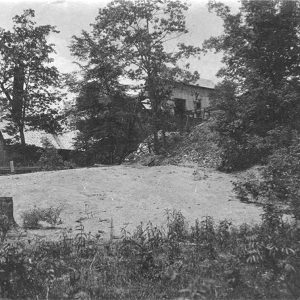 Davis Mine
Davis Mine
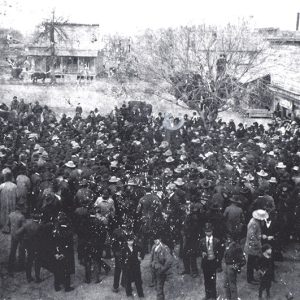 Jeff Davis Campaign
Jeff Davis Campaign
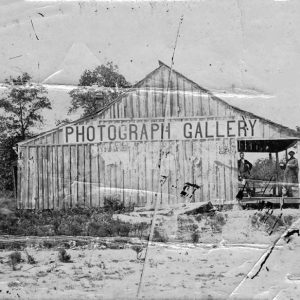 Dayton Bowers’s Photograph Gallery
Dayton Bowers’s Photograph Gallery
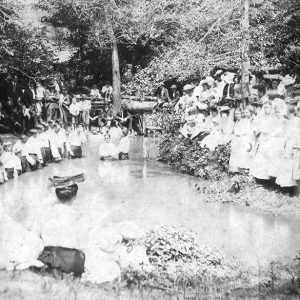 De Ann Baptism
De Ann Baptism
De Gray (Clark County)
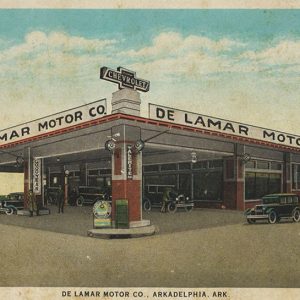 De Lamar Motor Company
De Lamar Motor Company
De Queen (Sevier County)
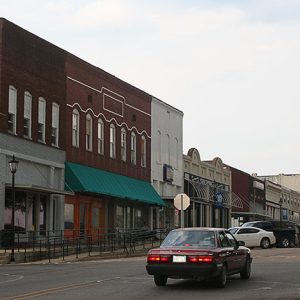 De Queen Commercial Historic District
De Queen Commercial Historic District
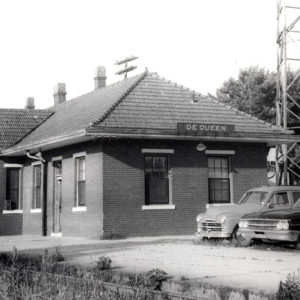 De Queen Depot
De Queen Depot
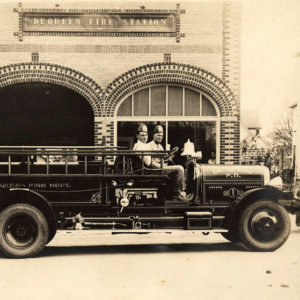 De Queen Fire Department
De Queen Fire Department
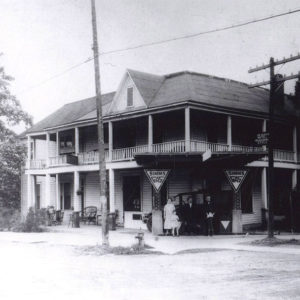 De Queen Hotel
De Queen Hotel
 De Queen School
De Queen School
 De Queen Street Scene
De Queen Street Scene
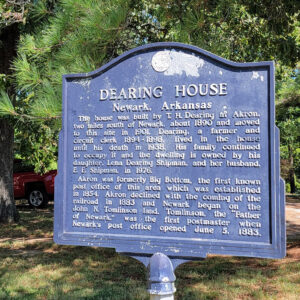 Dearing House Sign
Dearing House Sign
Decatur (Benton County)
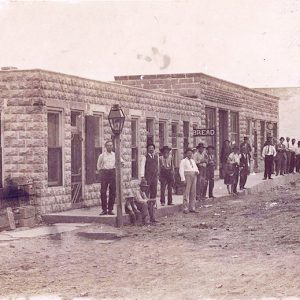 Decatur Street Scene
Decatur Street Scene
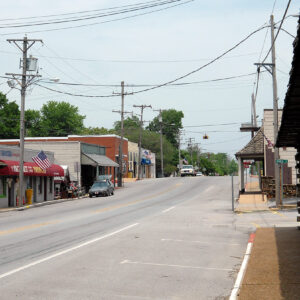 Decatur Street Scene
Decatur Street Scene
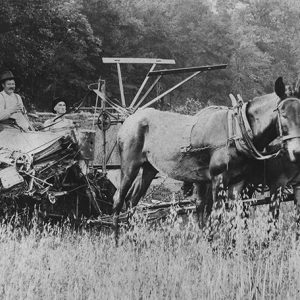 Deering Harvester
Deering Harvester
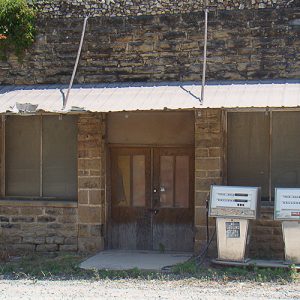 Defunct Business
Defunct Business
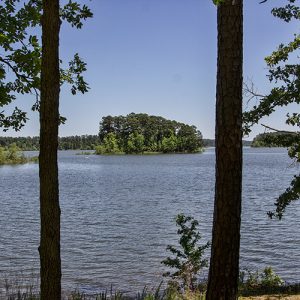 DeGray Lake
DeGray Lake
 DeGray Lake
DeGray Lake
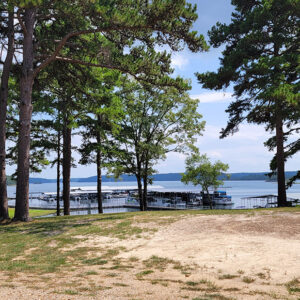 DeGray Lake Dock
DeGray Lake Dock
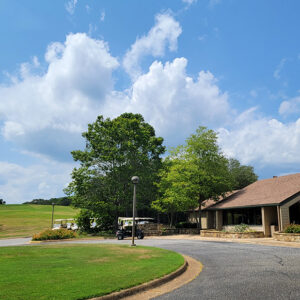 DeGray Lake Golf
DeGray Lake Golf
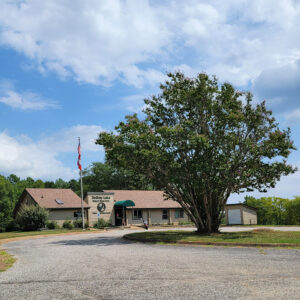 DeGray Lake Visitor Center
DeGray Lake Visitor Center
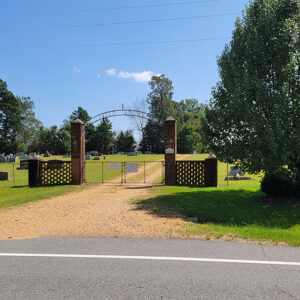 DeLamar Cemetery
DeLamar Cemetery
Delaplaine (Greene County)
Delight (Pike County)
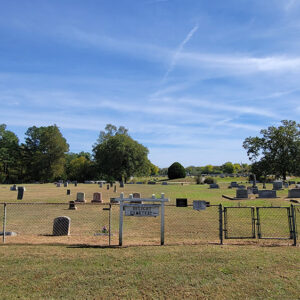 Delight Cemetery
Delight Cemetery
 Delight Church
Delight Church
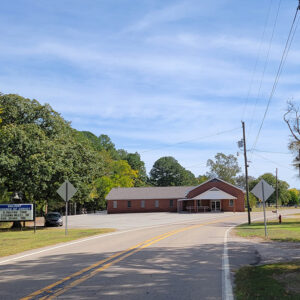 Delight Church
Delight Church




